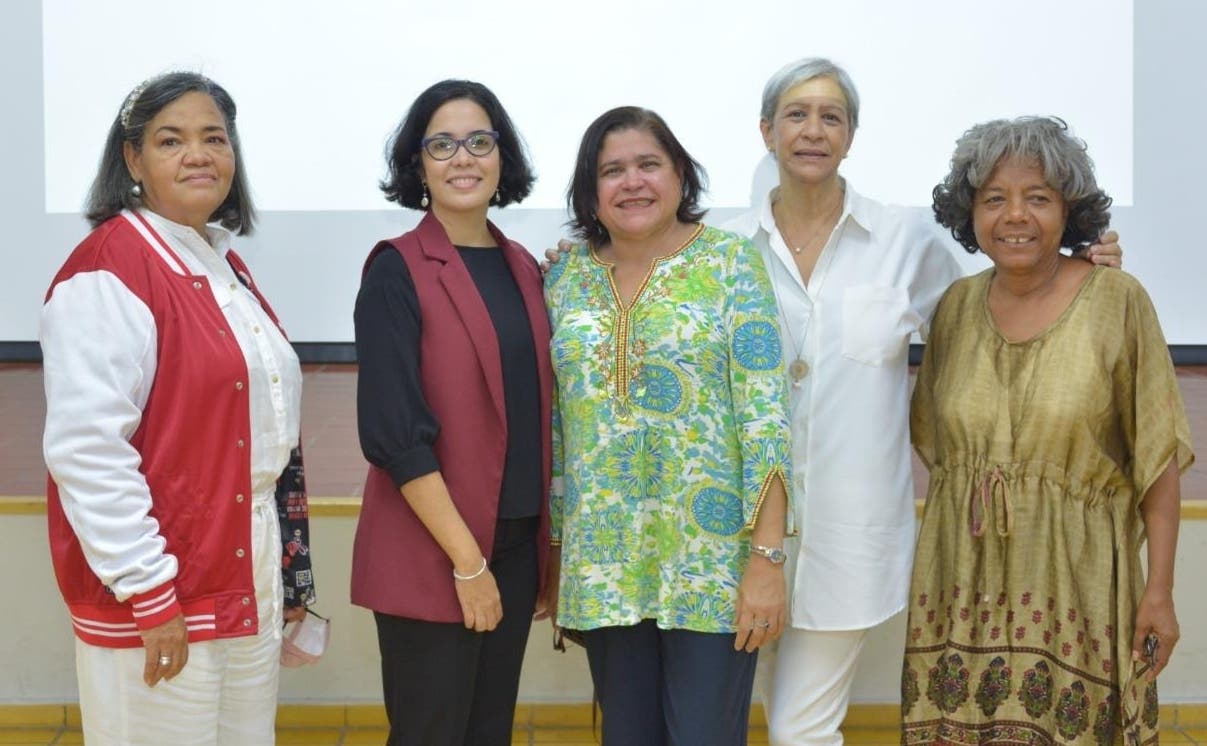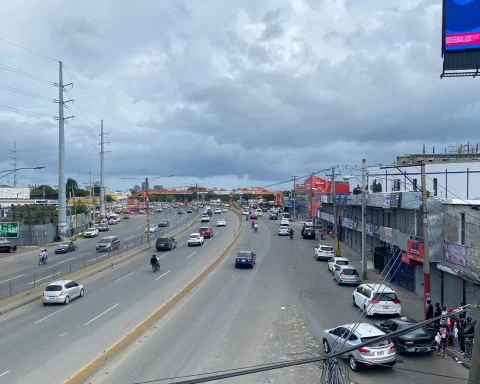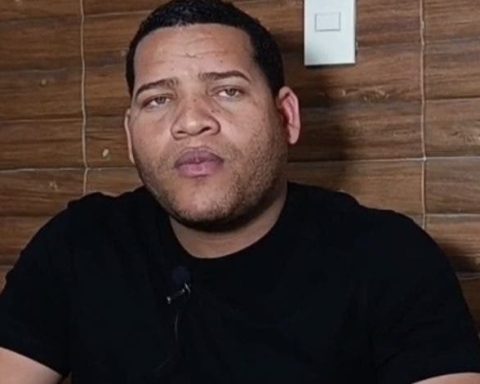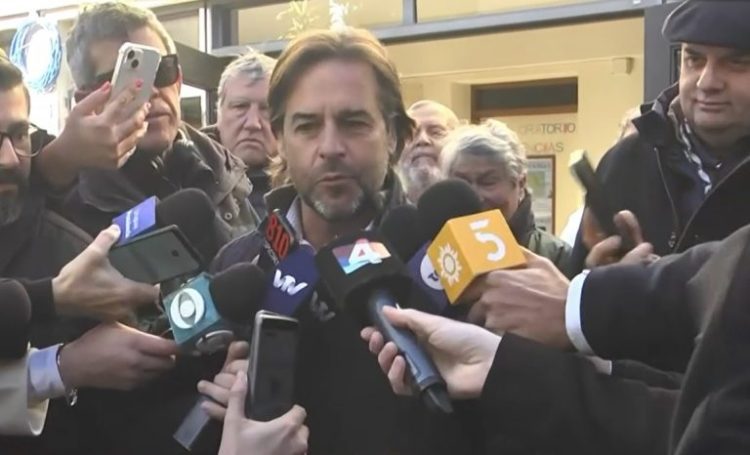The Center for Gender Studies (CEG), of the Technological Institute (Intec), warned that school violence is the second factor that affects the educational quality of the country and that 69.9% of the student body has witnessed acts of violence between peers.
The topic was addressed by Desiree Del Rosario Sosa, general coordinator of the CEG, Berenice Pacheco, research professor at INTEC and psychologist Nilka Castro, in the seminar «Addressing Violence in the Educational Context and Child Abuse».
“During recent years, the incidence of serious cases of rape, which have taken place in educational centers, has spread to the community,” said del Rosario Sosa, in the activity, dedicated to teachers, students of the Master’s Degree in Gender of the study center.
He said that “this is an extremely serious problem,” which must be addressed by the authorities, without hiding its magnitude.
Violence without limits
For his part, Pacheco assured that violence is present in all school spacesamong which he mentioned classrooms, hallways, recesses and bathrooms.
Pacheco, the author of the book “Estar, ser y convivir en laschool. A deep look at school violence in the Dominican Republic”, assured that violence has been normalized and its relationship with gender stereotypes.
During the activity, held in the Julio Ravelo room of Intec, the professional expressed that this scourge is not limited to fights between students, but includes any intentional act to control or impose within the school environment.
We recommend you read: ADP calls to report violence in schools
Pacheco mentioned attacks with kicks, slaps and exhibitionism as examples of school violence among students.
Likewise, he pointed out that Students attack teachers with insults, hitting, pushing and stealing.
Likewise, that teachers attack students with blows, pinches, ear pulls and disqualifications.
He indicated that this problem was associated with masculine identity.
Psychologist Nilka Castro addressed the issue of bullying, highlighting the key differences between harassment and violence.
The professional explained that violence is usually an unintentional response, while harassment is intentional.
Likewise, the former tends to be short-lived, while harassment is prolonged and repetitive.
You can also read: Teenage pregnancies: 3,414 births registered in 2024
Another difference that Castro highlighted is that violence can occur among the entire educational community, while harassment occurs mainly between peers.


















